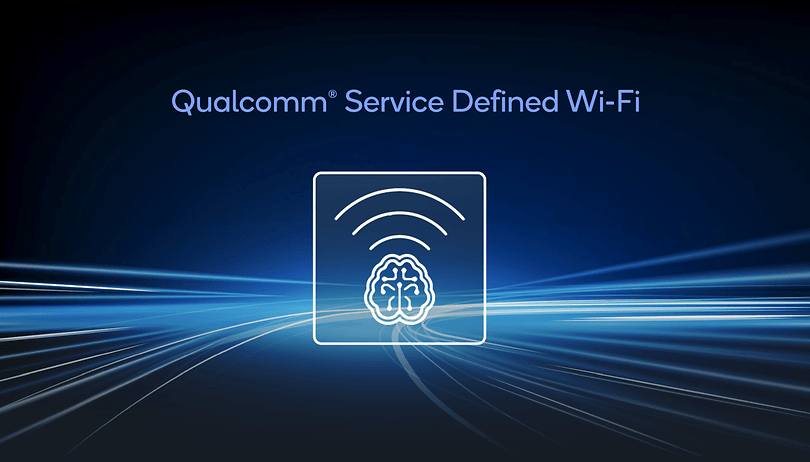How Qualcomm is Rethinking Wi-Fi to Make the Internet Faster


Read in other languages:
Home networking has developed rapidly in recent years, with Wi-Fi in the home network and broadband being the main players. North American chip giant Qualcomm unveiled its 10G Fiber Gateway Platform and so-called Service Defined Wi-Fi at its Wi-Fi-7 Day in San Diego in September 2023. But what is that, really?
When Qualcomm invites a whole bunch of tech journalists to join them in San Diego, of course, there's something to cover. I'll be honest: When the event started and Qualcomm told us about its new 10G fiber platform and, more importantly, about Service Defined Wi-Fi, I was initially less than enthusiastic. It sounded to me like they were targeting end-user home networks and possibly gaining access to our most sacred space—namely, our home and all its data.
Gradually, however, I not only changed my mind during the event but also had some excellent conversations with Qualcomm experts and partners. In fact, I'm now looking forward to it and hope that this service makes it to my home in Germany.
10G Fiber Gateway platform: A deeper look
So what does Qualcomm's new 10G Fiber Gateway platform do—and how does it change our home networking? With a speed of 10 gigabits per second (10Gbps), it sets new standards in data transmission. To put this in context: A 4K movie, normally several gigabytes in size, could be downloaded in just a few seconds, instead of minutes or even hours. New doors are also opened for other use cases, such as VR or cloud computing.
Another core element of this platform is the integration of "10G Passive Optical Network" technology. PON is a method of data transmission via optical fiber that is particularly efficient and reliable. In combination with the fast Wi-Fi 7, this enables extremely fast and stable connectivity throughout the home. The key to this is Service Defined Wi-Fi.
Service Defined Wi-Fi: A paradigm shift in network management
Until now, in virtually all home networks, the access network—the connection from the ISP to the home—and the home Wi-Fi—the wireless connection within the home—have been managed separately. This separate management is notoriously inefficient and leads to performance problems. This is especially true when many devices request high volumes of data at the same time.
Qualcomm's "Service Defined Wi-Fi" technology fundamentally changes this approach—and sounds a bit creepy at first. The core idea is to introduce an end-to-end data flow management architecture that extends from the central server in the network to the individual end devices in your home. This enables much more precise and dynamic control of data traffic, making the network as a whole more efficient and powerful. But your network operator also gets access to your home network.
A special feature of this technology is its ability to adapt to the specific activities of its users. For example, if you're playing an online game that requires an extremely fast response time, the technology will prioritize the data traffic so that the game runs with the lowest possible ping. At the same time, someone else in the household can stream a movie in 4K quality without any lag or loss of quality.
Qualcomm's vision for the connectivity future
Rahul Patel, senior vice president at Qualcomm, emphasized the company's ambitions: "Qualcomm Technologies has positioned itself to lead a revolution in connectivity." After a few more conversations, including one with the project manager at EE, the UK mobile provider, it also became clear to me what the system will likely look like in practice.
The Service Defined Wi-Fi will be controlled by the providers—and run in their data centers. Anyone who wants to use the optimized network will probably have to pay for it. During the talks, there was talk of mid-single-digit euro amounts, for example, 5 euros per month for a supposedly much better and more reliable Internet connection, Qualcomm promises.
Outlook
Qualcomm's 10G Fiber Gateway platform and Service Defined Wi-Fi technology are not only impressive technological advances but also a sign of where home networking is headed in the coming years. With commercial availability in the summer of 2024, it remains to be seen how these technologies will shape the market and the user experience.



















